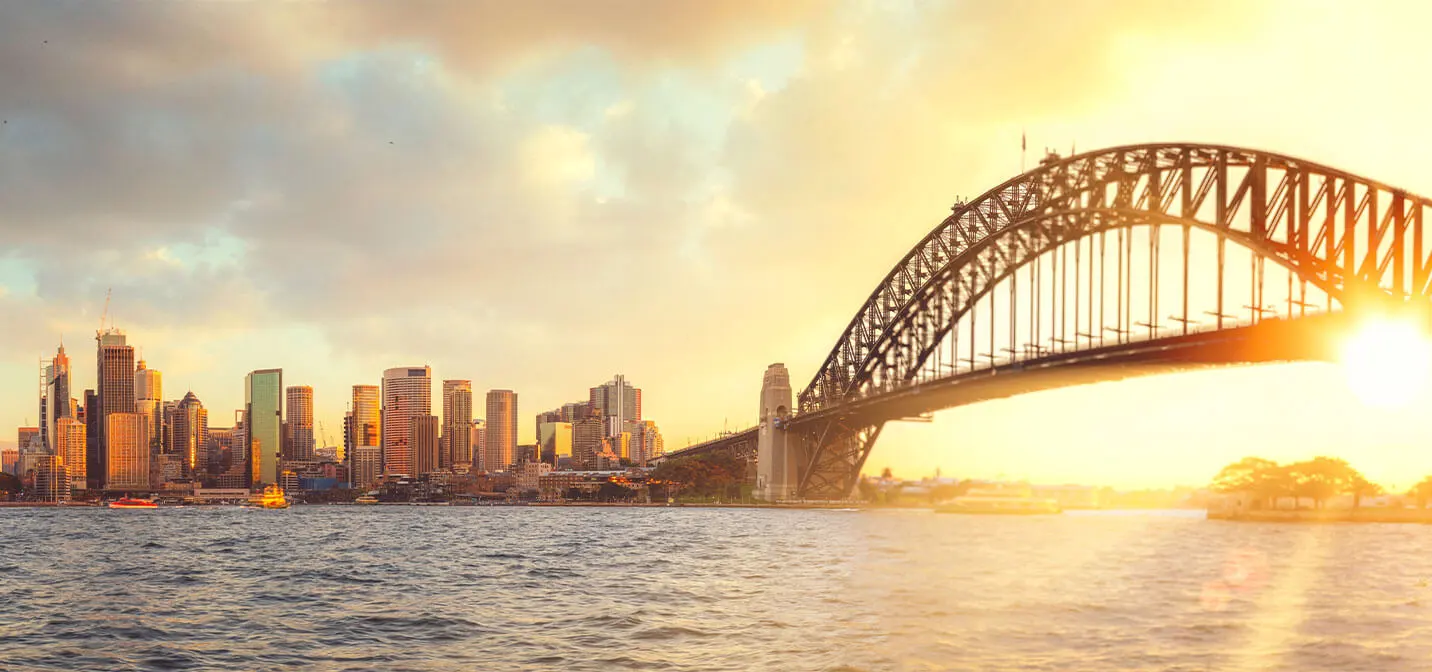Are cities poised for recovery? As workers start to return to their offices in city business districts (CBDs) around the world, human movement data guides us to emerging trends around:
Whether workers are returning to offices
How workers are commuting
When & how often workers are coming in
How CBD trends are affecting restaurants and other businesses
Azira recently explored patterns in the Sydney CBD and 3 nearby suburbs, Lane Cove, Manly and Newtown, for January-May for 2019, 2021 and 2022 to understand how things have evolved for Australian CBDs, and where they may be going next.
Here are a few of the emerging trends:
Office building visits are up, but still at half of 2019 levels
When looking at four of the biggest office buildings in Sydney CBD, visits in 2022 are just 52% of where they were in 2019.
Sydney CBD Office Visits vs. Vacancy Rates
Despite the lower visitation, office vacancy rates are still very low – Sydney CBD has a 9% office vacancy rate. This low vacancy rate indicates that employers are still invested in having a CBD office space, even when workers haven’t come back to office at previous levels.
For transport, cars and buses are leading the recovery
When they do commute to the CBD, workers have been more likely to take a car or bus, with car parks and bus stops showing nearly a full recovery to 2019 visitation levels. Meanwhile, trains and ferries lag further behind, at -32% and -55% of 2019 levels respectively.
Change in Transport Usage vs 2019
Office visitors are commuting from farther away
The data also showed that the people traveling into Sydney CBD offices are commuting farther than they used to. Commuters travelled an average of 14.5km to their Sydney offices in 2022, up from 11.4km in 2019.
This shift could reflect that some workers have chosen to live farther from the CBD with the increased opportunity for hybrid and remote work.
Average Distance Travelled to CBD (km)
CBD restaurants have recovered to 2019 levels
Restaurants in three top Sydney CBD areas are roughly back to 2019 visitation levels, suggesting pent-up demand for urban restaurant experiences.
Restaurants in The Rocks and Barangaroo have actually exceeded 2019 visitation. The Rocks restaurants saw especially strong growth after the area pedestrianised a major street to allow restaurants and bars to utilise the pavement for outdoor dining. This pedestrianisation strategy reveals a key opportunity for cities to create environments that attract visitors back to their area.
How Businesses Can Adapt to the Future of CBDs
While city business districts haven’t returned to pre-pandemic normals, there are opportunities for businesses that are able to adapt.
- Consider more locations and satellite offices in suburban hubs, as many workers continue to spend more time and money near home.
- Offer unique and enticing in-person experiences to encourage visitation, whether you’re a company attracting workers into an office or a retail or restaurant location looking to bring people in.
- Use high-quality data on visitation patterns to understand and navigate the continued shifts in visitor behaviours.
Want to learn more about how Near can provide insight for your business? Get a demo.
Methodology
Azira studied Sydney CBD and three surrounding suburbs for January-May 2019, 2021 and 2022. Reports used include Estimated Visitors, Common Evening Location, Demographics, Dwell Time, and Brand affinity reports.




